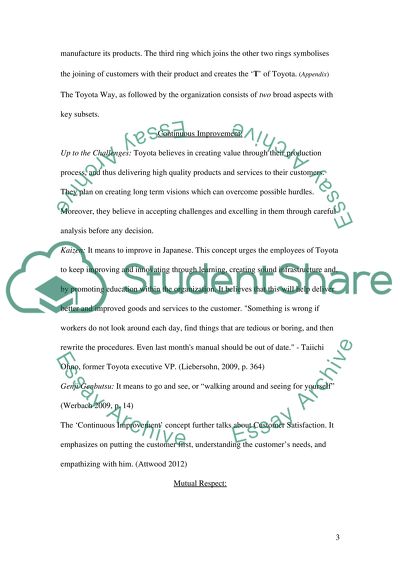Cite this document
(“Organizational Culture and Organizational Communication Essay”, n.d.)
Organizational Culture and Organizational Communication Essay. Retrieved from https://studentshare.org/journalism-communication/1628910-organizational-culture-and-organizational-communication
Organizational Culture and Organizational Communication Essay. Retrieved from https://studentshare.org/journalism-communication/1628910-organizational-culture-and-organizational-communication
(Organizational Culture and Organizational Communication Essay)
Organizational Culture and Organizational Communication Essay. https://studentshare.org/journalism-communication/1628910-organizational-culture-and-organizational-communication.
Organizational Culture and Organizational Communication Essay. https://studentshare.org/journalism-communication/1628910-organizational-culture-and-organizational-communication.
“Organizational Culture and Organizational Communication Essay”, n.d. https://studentshare.org/journalism-communication/1628910-organizational-culture-and-organizational-communication.


